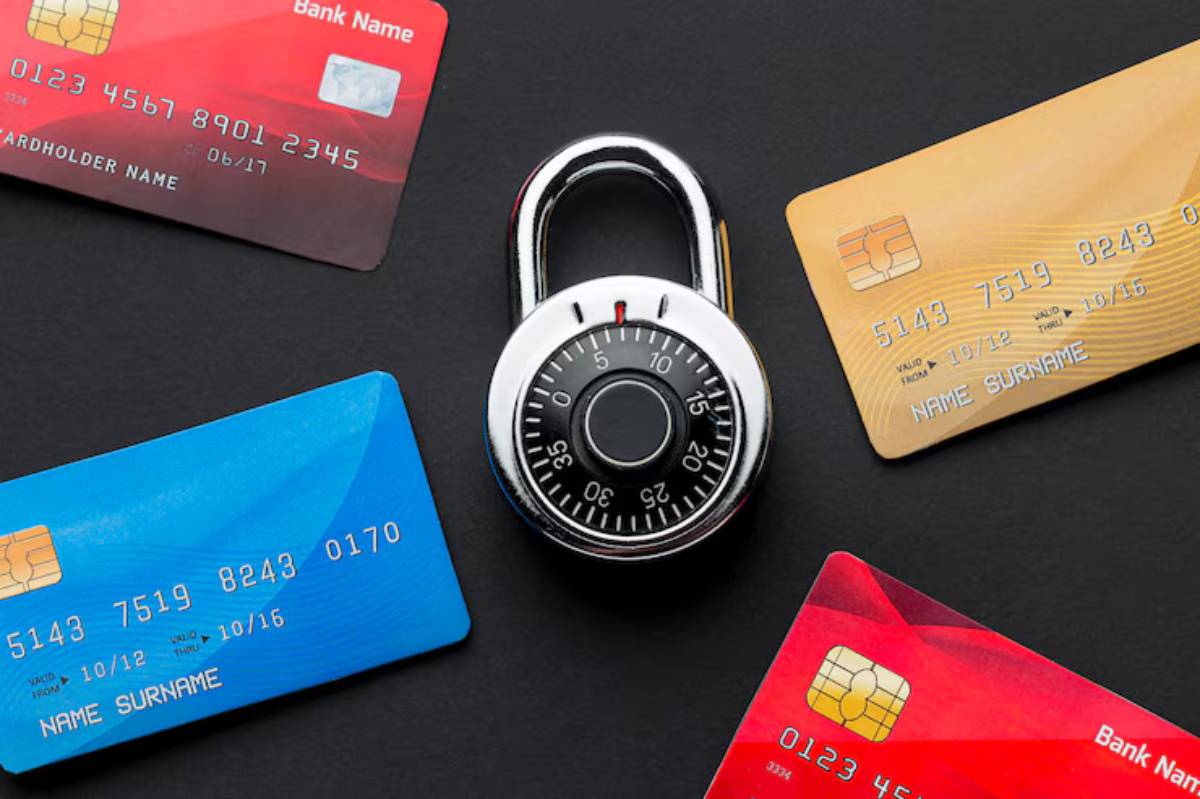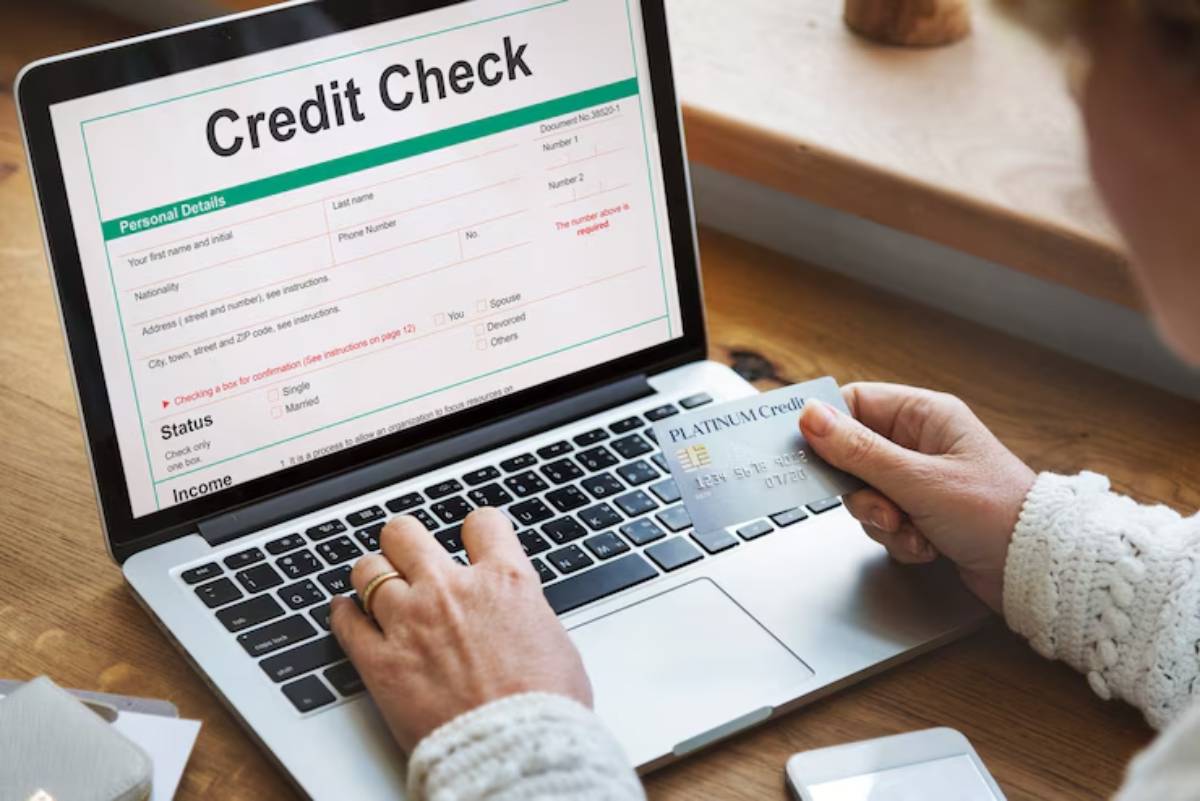
Understanding Credit Card Terms and Conditions
Getting a credit card is a big financial step. But before you start using it, there’s one thing you should always do — read the fine print.
That’s right: the credit card terms and conditions.
They might look long and complicated, but understanding them can save you money, protect your credit score, and help you avoid surprise fees. In this guide, you’ll learn what these terms mean, why they matter, and which details to focus on first. These simple explanations will help you feel confident before you sign any credit agreements.
Why Credit Card Terms Matter

When you apply for a credit card, you’re entering a legal agreement.
The terms tell you:
- How much interest you’ll pay
- What fees to expect
- What your responsibilities are
- What happens if you miss a payment
Key Terms to Know Before You Apply
Let’s break down the most common and important credit card terms. These will appear in your agreement and on your statements.
1. APR (Annual Percentage Rate)
This is the yearly cost of borrowing money, shown as a percentage. It includes interest and sometimes fees.
There are different types of APR:
- Purchase APR: Charged on everyday purchases
- Balance Transfer APR: Applies if you move debt from another card
- Cash Advance APR: Used when you take cash from your credit line (usually higher)
- Penalty APR: A higher rate if you miss payments or break the agreement
2. Credit Limit
This is the maximum amount you can spend on your card. For example, if your limit is £500, you can’t go over that without a penalty.
Using too much of your credit can hurt your score, even if you stay under the limit. Try to use less than 30% — or under £150 on a £500 card.
3. Grace Period
The grace period is the time you have to pay your full balance without being charged interest. It usually lasts 21 to 25 days from the end of your billing cycle.
If you pay in full each month, you won’t pay any interest on purchases.
4. Minimum Payment
This is the smallest amount you must pay by the due date. Paying only the minimum:
- Keeps your account in good standing
- But can lead to interest charges
- And keeps you in debt longer
Always pay more than the minimum if you can.
5. Annual Fee
Some cards charge a yearly fee just for using the card. Many beginner cards have no annual fee — which is ideal when starting out.
If your card does charge a fee, make sure the rewards or benefits are worth it.
6. Introductory Offers
Some cards offer:
- 0% APR for a few months
- Bonus points or cashback when you spend a certain amount
These offers can be great — but they don’t last. Always check the length and terms.
7. Cash Advance
Taking cash from your credit card sounds easy — but it comes with:
- Higher APR (no grace period)
- Cash advance fees (often 3%–5%)
- Immediate interest charges
Avoid cash advances unless it’s a true emergency.
8. Foreign Transaction Fees
Planning to use your card abroad? Some cards charge 1%–3% extra for foreign purchases.
If you travel often, look for a card with no foreign transaction fees.
9. Late Payment Fee
Miss your due date? You could be charged a fee (up to £12 in the UK or $40 in the US) and your APR could go up.
Even one late payment can also hurt your credit score.
10. Billing Cycle
This is the monthly period when your card tracks your spending. At the end, you get a statement showing what you owe.
Knowing your billing cycle helps you plan payments and manage your balance.
Reading Your Credit Agreement
When you apply for a card, the credit agreement will include all of the terms listed above — and more.
Here’s what to look for:
Interest Rates (APR)
What are the standard and penalty rates?
Fees
Is there an annual fee? Late fee? Foreign fee? Balance transfer fee?
Credit Reporting
Does the issuer report to all three credit bureaus?
Rewards
If your card offers cashback or points, how are they earned and redeemed?
Terms for Offers
How long do intro rates last? What happens if you break the terms?
Grace Period
Is there one? How many days do you have to pay in full?
Tips for Managing Your Card Wisely
Now that you understand the terms, here’s how to stay in control:
Set Payment Reminders

Use calendar alerts or your bank’s app to avoid late fees.
Check Your Statement Monthly
Look for unexpected charges or changes to your APR.
Use Less Than 30% of Your Limit
This helps your credit score and avoids balance creep.
Don’t Just Pay the Minimum
It’s better than nothing — but paying in full is best.
Watch Out for Expired Offers
Know when promo rates end so you’re not surprised by higher interest.
Common Mistakes to Avoid
Even experienced cardholders slip up. Here’s what to watch out for:
Ignoring the APR
Some people don’t notice their interest rate until they carry a balance and it’s too late.
Spending for Rewards
Chasing points can lead to overspending. Use rewards as a bonus, not a goal.
Skipping the Terms
Many people accept agreements without reading them. Take 10 minutes — it’s worth it.
Missing Payments
Late fees, damaged credit, and penalty APR can all follow a missed due date.
When Terms Change
Credit card issuers can change your terms — including interest rates and fees — with proper notice.
If this happens:
- Review the new terms carefully
- Decide if the card still works for you
- Pay off your balance before new terms take effect, if needed
You can also cancel the card, but be sure to understand the impact on your credit score first.
Know What You’re Signing Up For
Understanding credit card terms is one of the most important parts of managing your money. The more you know, the fewer surprises you’ll face — and the better choices you can make.
From APR to billing cycles, every detail in your credit agreement matters. These terms tell you how your card works, how much it might cost, and how to avoid problems.


